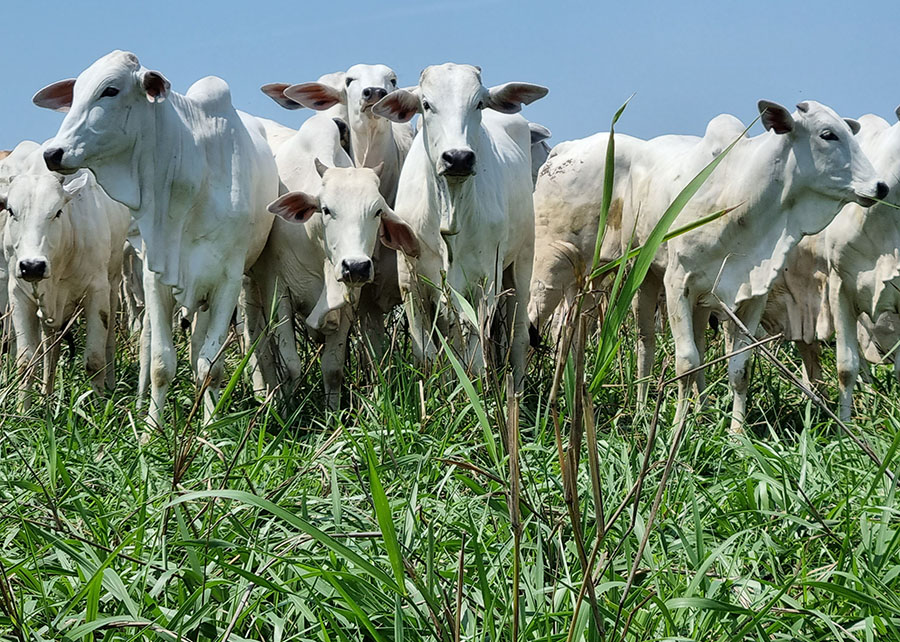Cepea, January 6, 2025 – Brazilian sellers of soybeans finished the year with a smaller income. The planted area increased in 2024, but the productivity dropped in important areas, resulting in a decrease of the national production. Still, prices moved down, given that the global production increased more than the demand, boosting the stock/consumption relation. The situation was not worse because the demand for soybean oil increased.
Soybean prices dropped in January, February and August, but moved up in the other months. As a result, average quotations in December/24 were similar to those observed in December/23, in nominal terms, but values in 2024 were below those verified last year. The annual averages of the ESALQ/BM&FBovespa Index (Paranaguá) and CEPEA/ESALQ Index (Paraná) are the lowest since 2019, in real terms (deflated by IGP-DI, Nov/24), at BRL 139.00 per 60-kg bag and at BRL 134.30/bag, downing 12.7% and 11.3%, respectively, against the year before.
The global soy production hit the record of 394.87 million tons in the 2023/24 season, upping 4.42% in relation to the 2022/23 crop, according to the USDA. The output in Brazil dropped 5.6%, to 153 million tons.
SOYBEAN OIL – Prices rose during practically the entire year (except in December), influenced by export premiums and the firm domestic demand, especially from the biodiesel industry. It is worth noting that the mandatory blend of biodiesel into diesel changed from B12 (12%) to B14 (14%) in March 2024.
SOYBEAN MEAL – The market faced significant challenges in 2024. However, despite the production recovery in Argentina, Brazil shipped 21.16 million tons of soybean meal in 2024 (up to November), a record for the period – data from Secex.
Many consumers were unwilling to trade in 2024, in general, due to expectations of a surplus of soybean meal, since the firm demand for soy oil boosted the processing of soybeans.
(Cepea-Brazil)
Centro de Estudos Avançados em Economia Aplicada – CEPEA-Esalq/USP













